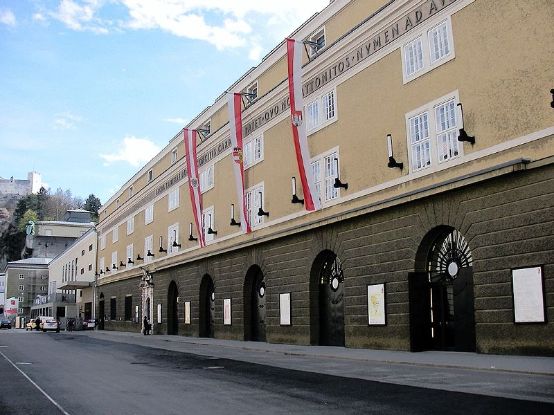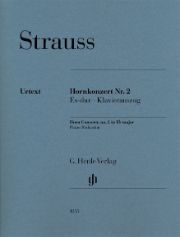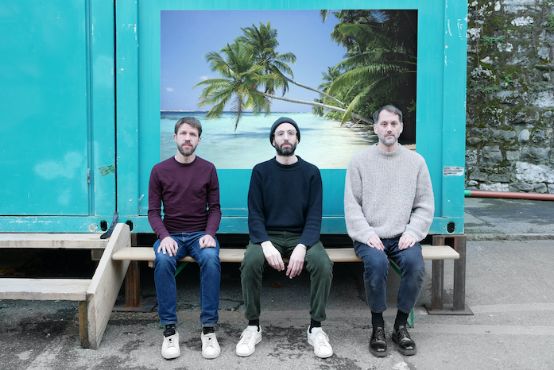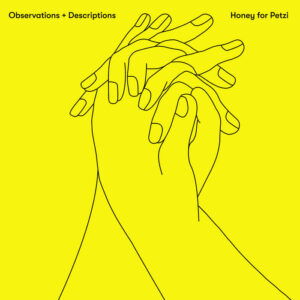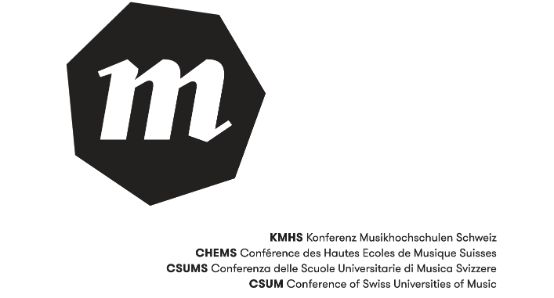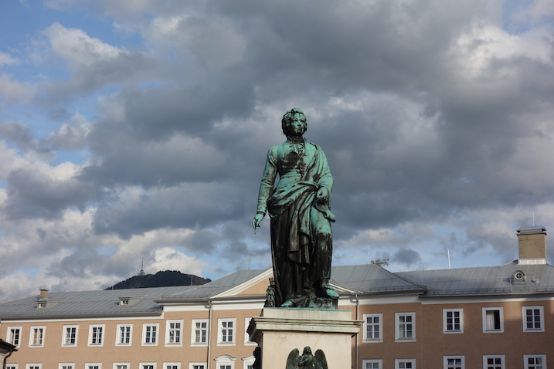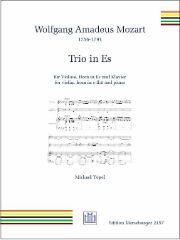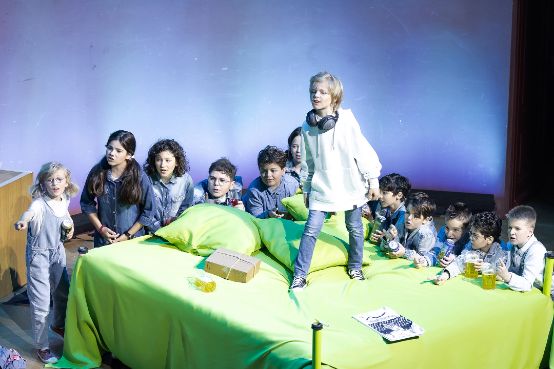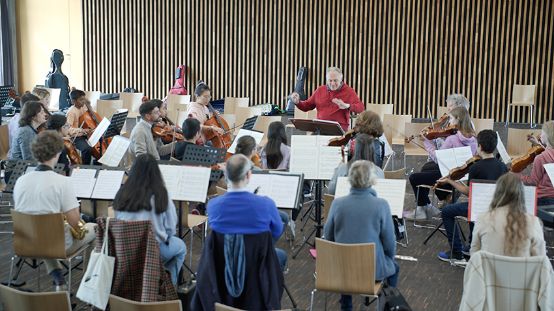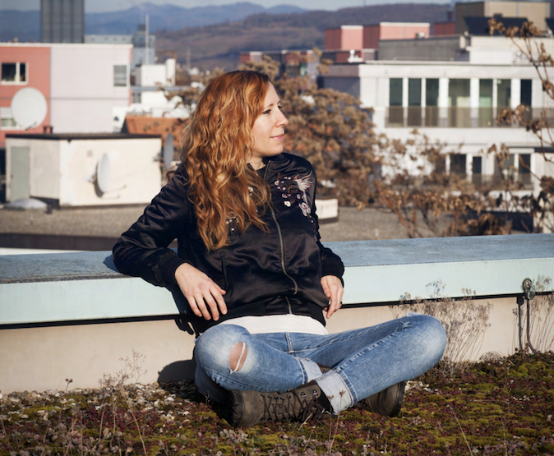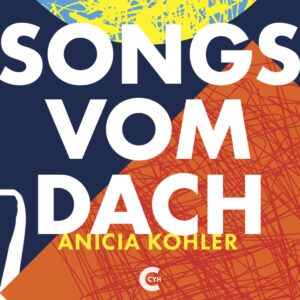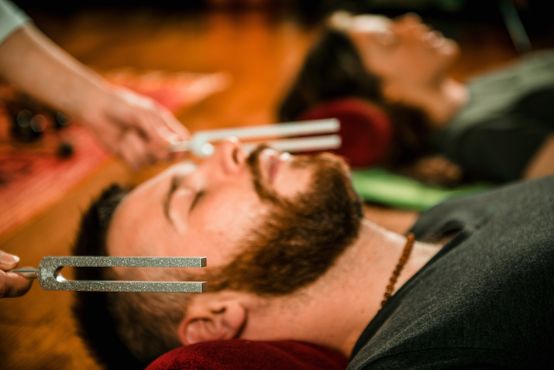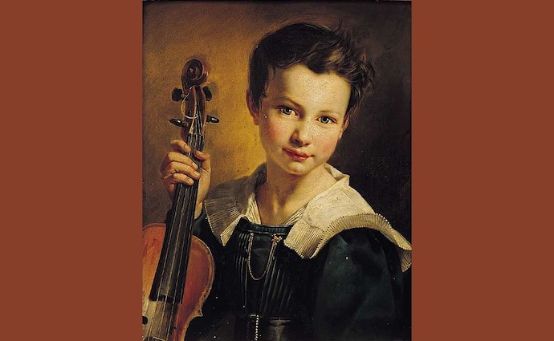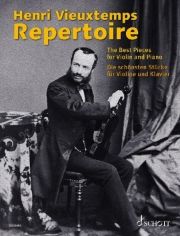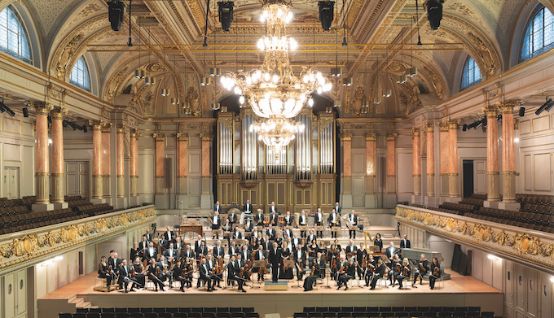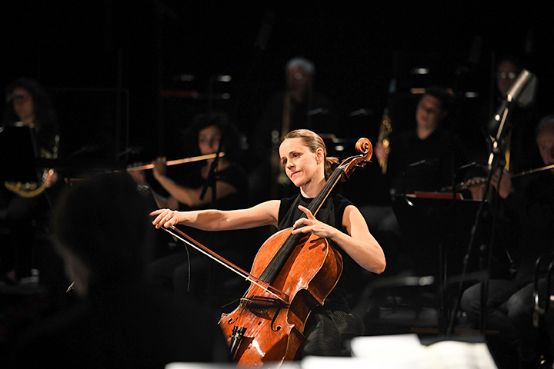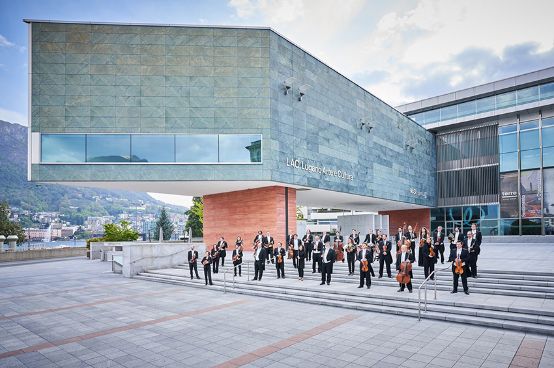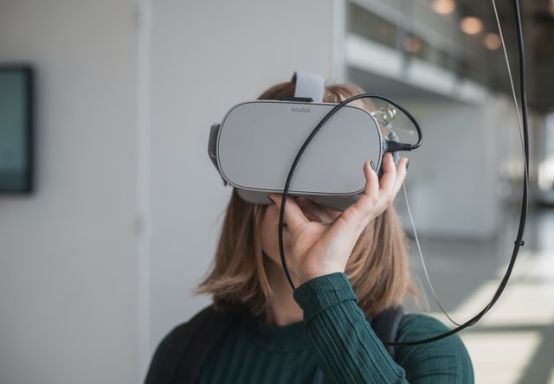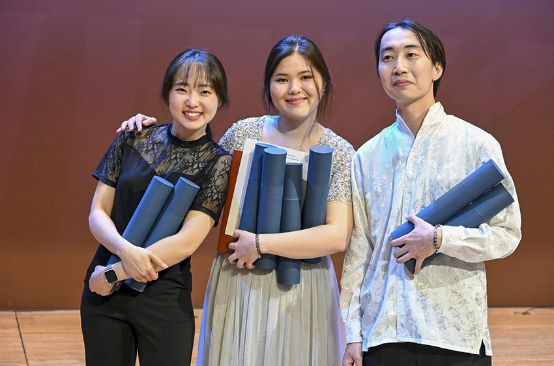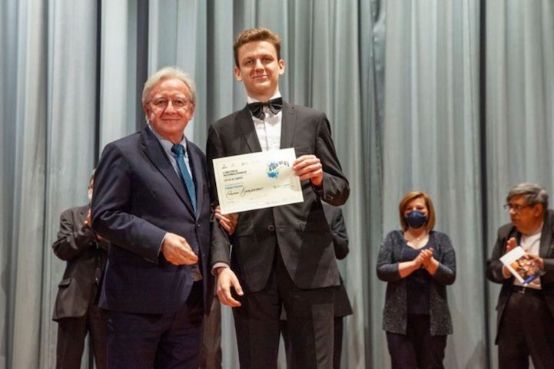When noise becomes music
Why do dissonance, feedback and sounds that actually have nothing to do with music sometimes feel so good?
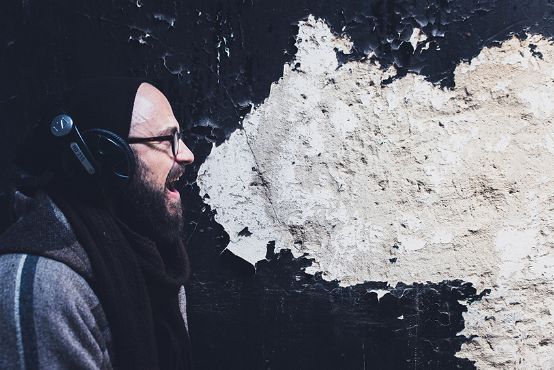
Question for my Facebook bubble: Why do dissonance, feedback and noises that have nothing to do with music sometimes feel so good? A thousand thanks to everyone who took part!
Stephan Greminger
It is the flaw that makes beauty perfect.
Markus Wicker
And we receive every signal with interference, background noise. Noise, feedback, noise to the music replicate and comment on our situation as recipients of the message, so to speak. Metamessage, so to speak. Whew.
Ernst Hofacker
Because they can trigger emotions and release aggression. When I was a teenager, the violence and shrillness of songs by The Who or Pink Floyd and White Noise helped me to cope better with my own frustrations.
Niklaus Riegg
The sounds in the music? Or sounds in "everyday life", away from the music?
Hanspeter Kuenzler
Sounds that are presented as "music" or integrated into conventional pieces of music. For example, the digital rustling of vinyl, which suddenly appeared on every trip-hop CD and was intended to suggest warmth.
Niklaus Riegg
An exciting question that I have never asked myself. For me, all sounds in music that are deliberately added are music.
Sebastian Hefti
not even nothing actually has nothing to do with music
Andi Gisler
I think rock music in particular would be unthinkable without "dissonance, feedback and noise" and this has a lot to do with music. Distortion makes harmonically "simple" music more complex because overtones are amplified that are not audible when playing "clean" music. A snare drum actually works in the same way, as the snare carpet makes the sound more complex and "harsh".
Daniel Bosshard
Something is only dissonant until you get used to it. As young people get used to something new more quickly, dissonance or noise is an excellent way of differentiating a scene from the rest of the boring world. Examples: Devil's chord/tritone in the Middle Ages, distorted guitars, drum & bass clatter, new rap mumbling.
Chrigel Fish
To say it with Björk: "everything is music!", the proof!
https://youtu.be/R3V94ZtmdbQ?t=189
Chregi Müller
Because harmony is always untrustworthy.
Juergen Asche
good question, maybe because you can feel the music even more that way? it's just nice when it cracks, rustles and echoes, even or especially when a longing melody can be followed. [little heart]
Stefan Strittmatter
Everything has to do with music.
Sascha Krüger
Noise, feedback, interference, even field recordings: for me, the audiophile equivalent of abstract painting. And if you develop a soft spot for it, you will discover more depth, dynamics and intuitive power in it than in any conventional, figurative and "clean" representation. For me, such secondary or dominant sounds trigger downright synaesthetic reactions and emotions.
Samuel Blatter
I don't think you can separate it from the music as you suggest in your question. Dissonance is an indispensable part of music (just as shadow and light cannot exist without each other, dissonance is also needed for consonance). Sound is the basis for music in the first place. For me, feedback and noise are part of sound and are a kind of extreme exaggeration of sound components that would otherwise be drowned out by "euphony". This also works acoustically with the voice or other instruments. In electr(on)ic music, it is even more extreme because, on the one hand, even quiet parts can be made extremely loud or even create a sound of their own through overdriving/effects and, on the other hand, the volume also makes it possible to physically experience the sound.
Daenu Extreme
The hemispheres of the brain react differently to different sounds. While the left half reacts more to harmony, the right half is more responsible for sounds. It's the mix that makes it exciting!
http://www.scinexx.de/news/linkes-und-rechtes-ohr-hoeren-verschieden
Marc Unternährer
Why shouldn't they have anything to do with music?
Pop Ogö
Bold thesis without any evidence:
For me, it somehow works if you think of it from the "opposite": music often becomes very exciting/atmospheric/atmospheric etc..., when many/specific notes are not played, pauses remain, silence can be "heard" ... Conversely, at least in my opinion, you can also experience noises/disturbances/noises that don't "belong" in the music ... In addition to the sheer overwhelming effect of "walls" etc. in, for example, Sonic Youth, My Bloody Valentine, Jesus&MC
Daniel Gfeller
There are whole libraries full of literature on this. Noise / sound = play with object / subject? This mechanism creates pleasure (yes!), similar to eroticism, happiness etc. The clever sound designer deliberately uses this to increase sales 🙂 Others (young gods etc.) use it to promote cult/growl/cool status. And about dissonance: well, it's all in the ear (sensitivity/musical education) of the listener ...
Thomas Widmer
If nothing were really nothing, it wouldn't have a name.
Marcel Thomi
Proper feedback is not good for anyone, neither the ear nor the technology. But you probably meant something else.
Dieter Ammann
Ask Helmut!
https://www.gmth.de/proceedings/artikel/40.aspx
Roli Frei
I let the dissonance tug at my soul from time to time, freeing blocked strands of my soul from a cocoon of endless harmony or inertia, awakening the other side of me, tickling out the weird, the dark, the absurd, or even the garish.
Indispensable for musical and emotional balance.
Michael Sailer
I don't know.
https://www.youtube.com/watch?v=wlBIqfn6Rxs
Hans Rudolf Martin
... and in the meantime I wait for a new song such as "Ruby Tuesday" by the Rolling Stones, 1967; received over the radio in my father's barn with young calves in FM quality, in the background the cooled milk cans into which freshly tapped cow's milk flowed ... 13 years old I was with 1/2 year guitar lesson experience at Grieder guitar lessons in Liestal, nylon sides, my mother had supported me; heard for the first time and I knew this song would be a hit.
Since Dire Straits and "Sultans of Swing", 1978 while wandering past from a coffee shop in Amsterdam: asked and got information, picked up together with my old friend Martin, who emigrated to New York in 1976, (and I knew this band would become famous) since then damn little has happened ...
Heinrich Zwahlen
Bring the noise!
Michael Schimek
Because noise is neither wrong nor right. A wrongly intoned note, on the other hand, can really hurt.
———————————-
Editor's note: The original sound has been retained. With regard to spelling and punctuation, the editorial standards of the Schweizer Musikzeitung have mostly been applied.






